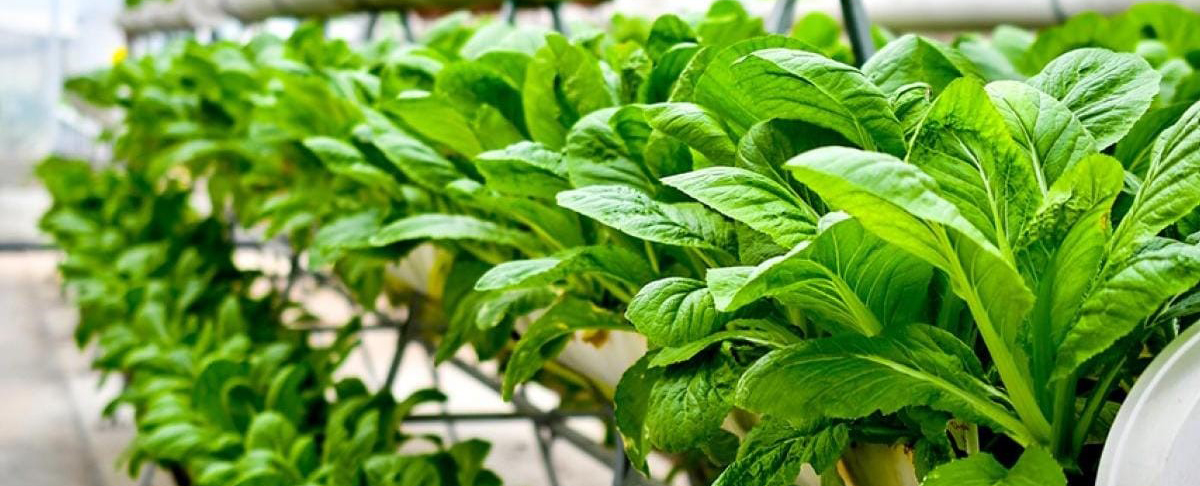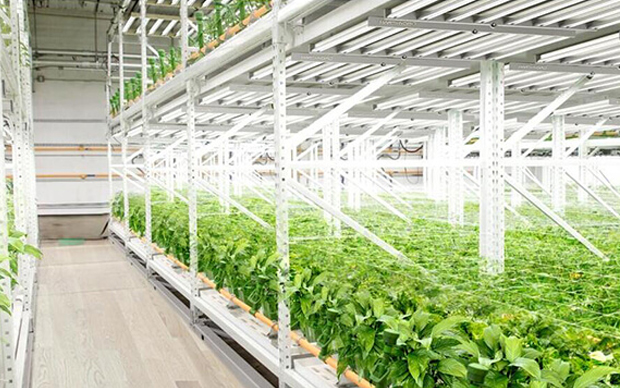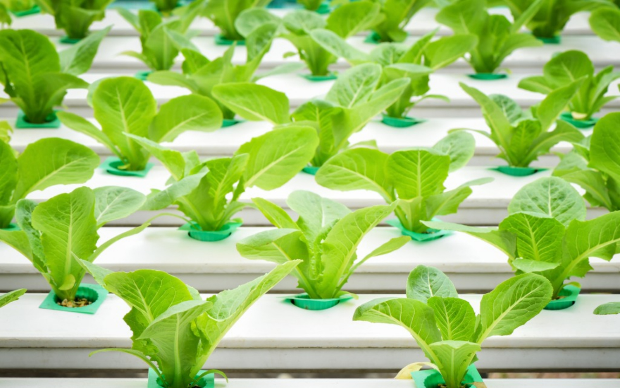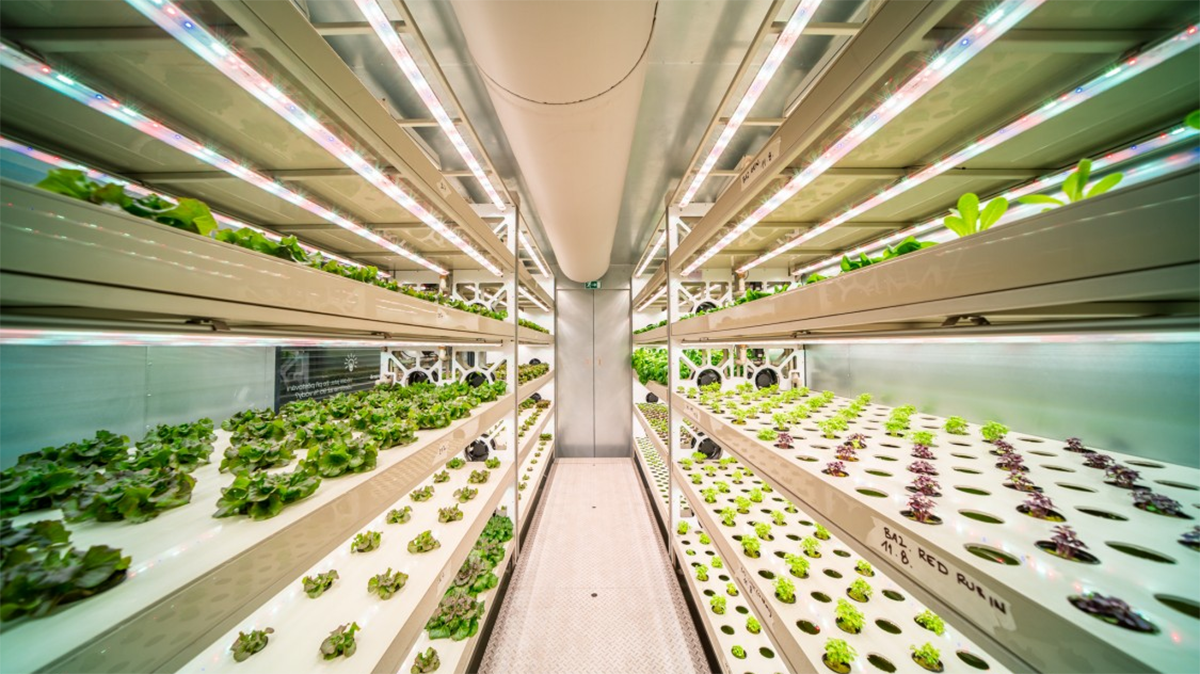Indoor farming will have a better future
Indoor farming enables a year-round harvest and, with local distribution, enables shorter transportation times compared with traditionally sourced products.
Not only could indoor farming help adapt to a warming planet, but it has the potential to help slow down climate change by being more sustainable – using less water and producing fewer emissions.
What is Indoor Farming?
The simplest possible explanation is that indoor farming is farming done inside of a building.
While it’s not uncommon to grow plants inside of a building like a greenhouse, growing leafy greens on a small scale is more akin to gardening. What makes it indoor farming is when it’s done on a much larger scale.
Types of Indoor Farming
The biggest advantage of indoor farming is that it allows growers to optimize the growing process for higher yields. Droughts, storms, insect infestations and all the other hazards of growing outdoors are eradicated. Instead, farmers can control everything, right down to the amount of light plants receive on a minute-to-minute basis.
Vertical Farming
Vertical farming is a burgeoning form of aeroponics that is quickly becoming very popular thanks to its many, many benefits. Vertical agriculture can be done almost anywhere that there’s enough upwards space; high rises, small studio apartments, desktop herb gardens, or large, commercial sized greenhouses.
Hydroponic Farming
Hydroponics is a way to skip the soil, sub in a different material to support the roots of the plant, and grow crops directly in nutrient-rich water.
There are multiple approaches to designing hydroponic systems, but the core elements are essentially the same.
The Advantages of Indoor Farming
1. Reliable year-round crop production
The biggest vertical farming benefit is the fact it’s not dependent on the weather – meaning you can achieve a consistent year-round crop production without worrying about the impact of adverse weather conditions can have both on quality and profiling of production and yield.
2. Unaffected by adverse weather conditions
Growing in a fully enclosed and climate-controlled environment completely eradicates the need to rely on - or worry about - the weather.
3. Better use of space
It goes without saying that traditional farms need fertile arable land. But vertical farms can be designed and built in any climate or location - irrespective of weather conditions or temperature extremes.
4. Environmentally friendly
Indoor farming can be good for the environment because it massively reduces the amount of fossil fuels needed for farming equipment which is not required to sow, fertilize, weed or harvest crops.
5. Reduce transport costs
When it comes to food production, the last-mile delivery is usually the most expensive part of the supply chain. And it’s not uncommon for crops to be shipped across continents and oceans.
6. Highly energy efficient
Whilst the use of LED lighting requires a significant amount of power to achieve optimum growth, vertical farms can also generate power.
Post time: Aug-09-2022







